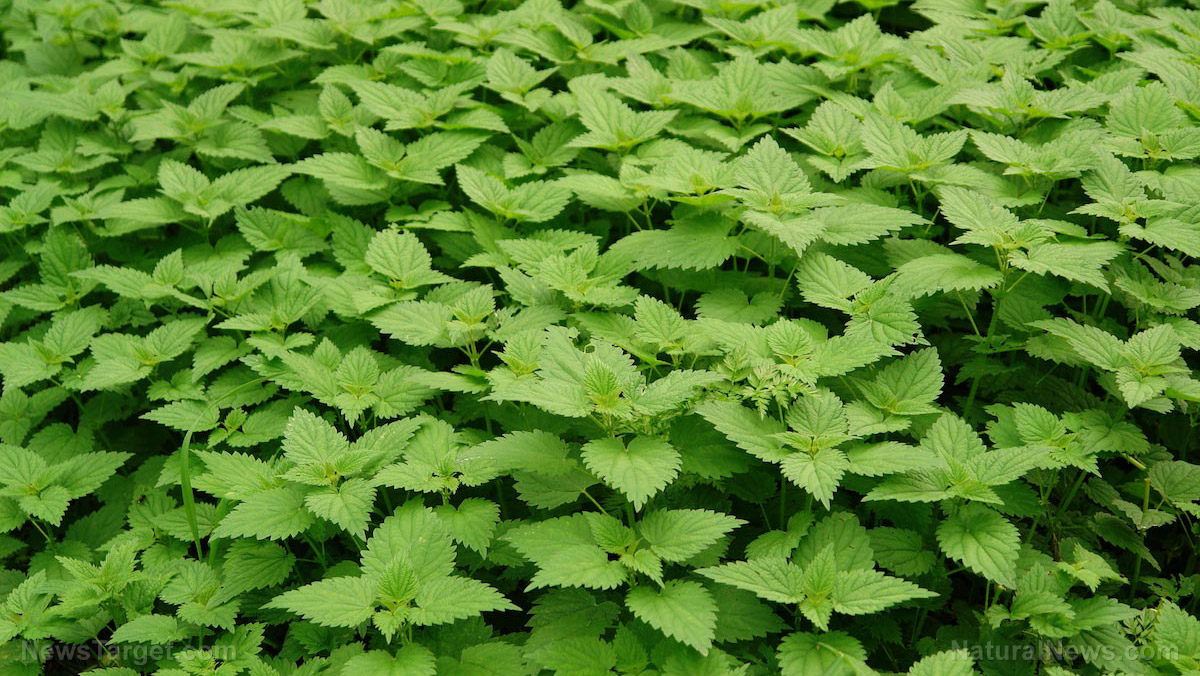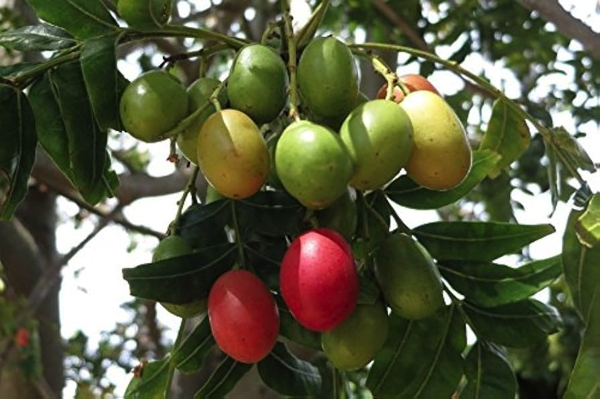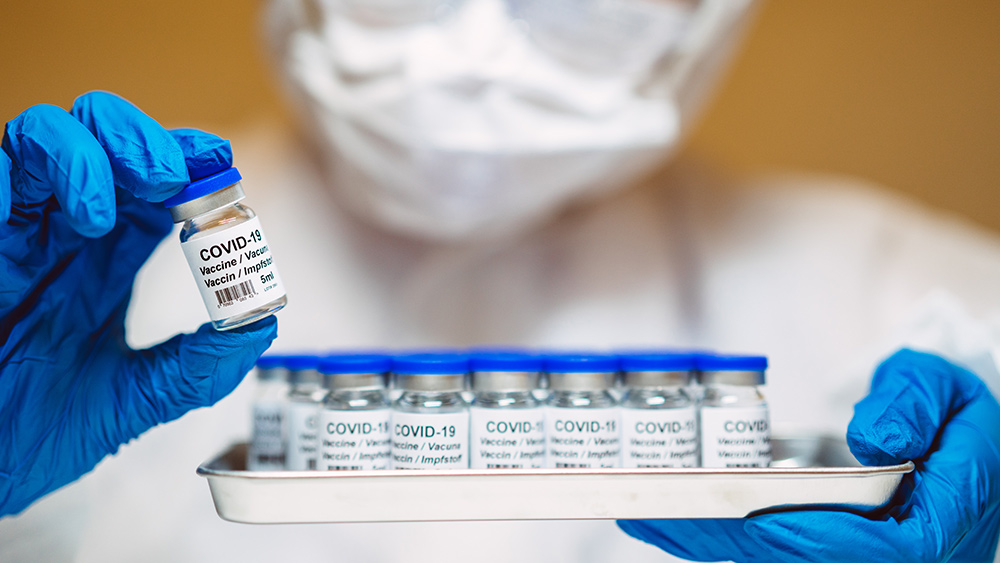Allergies can be extremely difficult to deal with, especially when sufferers deal with year-round symptoms. Luckily, there are safe, natural alternatives to the harsh pharmaceutical options
(Article republished from
GreenMedInfo.com)
If you're an airborne
allergy sufferer, headache, nonstop sneezing, stuffy nose and fatigue are your steady companions for several months every year. And for those with year-round allergies, each day brings a cycle of misery, often
abated only temporarily by powerful antihistamines and decongestants that often have side effects more uncomfortable than the original symptoms.
"Allergy" refers to any condition in which the body mounts an attack on a specific substance that is benign for the rest of us. People can experience allergic reactions to foods, chemicals, plants, animals, or a mixed bag of airborne substances.
Hay fever sounds like it must be an allergy to hay, but the name is just colloquial for
allergic rhinitis, a disorder that involves sneezing, itching throat and eyes, sinus headaches, and sometimes coughing. Triggered by different kinds of pollen, it can vary with the seasons: tree pollens in spring, grass and weed pollens in summer and ragweed pollen in the fall. Pets, molds, mildew/fungus, dust and cigarette smoke are common household allergens.
An allergy is a normal immune response gone into overdrive. An invader of some kind enters the body, and the body reacts. This reaction can take many forms, but one kind is an inflammatory reaction—the rushing of blood and/or mucus to the area of contact or site of invasion. Usually this healthy and normal reaction rids the body of the threat. What is
not normal is when the body escalates this type of response against something that is not in fact a threat to the body‚ such as grass or tomatoes or feathers.
A generally
weakened immune system creates an environment for allergies to develop. The body considers itself vulnerable to attack, and prepares to launch a defense against any perceived invader at a moment's notice. Pollen, cat hair and mold are not truly invaders and are tolerated just fine by most people. This hair-trigger response is the body's way of averting a crisis in the long run.
Remedy 1. Natural Antihistamine. Nettle leaf
Nettles are widely spread over the world and consist of about 500 species, mainly tropical, though several occur widely in temperate climates. Clinical herbalists have been forming a consensus over the last decade that nettle leaf is effective for allergy symptoms. Although investigations remain preliminary, scientific research continues to point to the anti-inflammatory properties of nettle. Scientific research shows that nettle produces an anti-allergy effect.
[i] [ii]
Research seems to point to at least one of the active components being a bioflavonoid, although other authorities think it is characteristic polysaccharides, and yet others, lectins. But whatever the final determination of the active ingredients, nettle loses its anti-allergy power if not harvested and processed correctly. Look for a high quality powdered product that has been freeze dried or specially processed to retain the actives. This special processing costs more, so don’t be seduced by cheap imitations.
Use nettle when you would otherwise use an antihistamine drug to stop your misery. Many people take up to 3,000 mg per day of specially processed nettle leaf powder in capsules to relieve the temporary symptoms of hay fever and other allergic reactions, including animal allergy. Symptoms often begin to improve within 15 minutes, and the effect typically lasts for about four hours.
Remedy 2. Hay fever relief. Butterbur
Boasting an enormous leaf with a three foot diameter,
[iii] probably the largest leaf of all European plants, the name comes from the Greek petasos- a hat worn by shepherds. Folklore has it that field workers used the giant fresh leaves as impromptu hats.
Butterbur leaves and root are used particularly in cases of acute pain of smooth muscle, such as in the urinary tract, especially when stones are present.b
[vi] This quality also makes it useful for respiratory disorders involving cough and asthma.
A Swiss study
[vii] indicates that seasonal allergy sufferers who received an extract of butterbur (Petasites hybridus) experienced symptom relief equivalent to patients treated with the antihistamine Zyrtec (cetirizine).
The scientists compared the effectiveness and tolerability of the herb, compared to the drug, in patients with seasonal allergic rhinitis.
[viii] In a randomized, double blind, parallel group comparison, the 125 patients participating in the study were treated with either butterbur (61 patients) or cetirizine (64 patients) for two weeks. The butterbur dose (standardized to 8.0mg of total petasine per tablet) was one tablet, four times daily, for a total of only 32 mg per day. The patients described similar symptom relief with both treatments.
Usually, butterbur supplements are standardized to contain a minimum of 7.5 mg of petasin and isopetasin per tablet. Adults commonly take 50-100 mg twice daily with meals.
Remedy 3. Savory Relief. Quercetin
Onions and garlic are excellent anti-allergy herbs, especially for asthma, and garlic is used in some cases of asthma in Ayurveda. These plants contain the flavonoid
quercetin, which was discovered in a 2008 study to significantly inhibit all asthmatic reactions.
[ix] A recent Korean paper found that the flavonoid has anti-asthmatic activity similar to the asthma drugs cromolyn sodium and dexamethasone.
[x] Both of these bulbs also inhibit an enzyme, lipoxygenase, which generates an inflammatory chemical.
[xi]
Quercetin is available as a supplement. Many people find relief from 2,000 mg per day.
|
Allergy
|
|
|
|
Remedy
|
Form
|
Dose
|
|
Nettle
|
Specially processed powder in capsules
|
3,000 mg per day
|
|
Butterbur
|
Standardized to a minimum of 7.5 mg of petasin and isopetasin per tablet
|
50-100 mg twice daily with meals
|
|
Quercitin
|
Tablets
|
2,000 mg per day
|
Read more at:
GreenMedInfo.com
 Parler
Parler Gab
Gab










